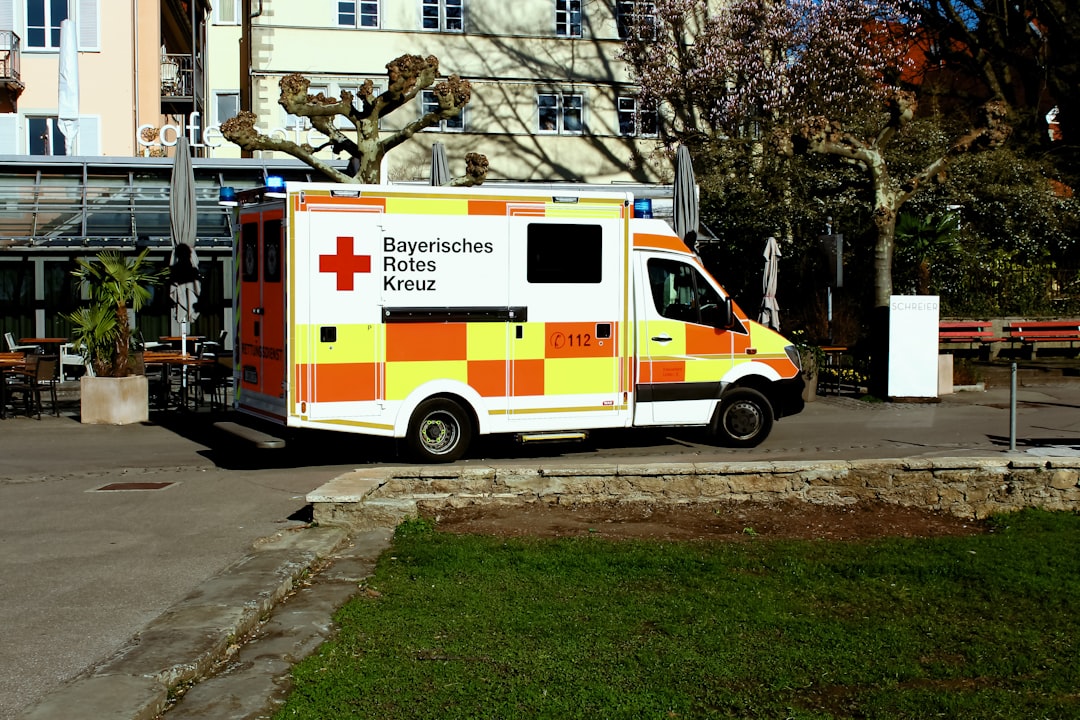What is it about?
Microcalorimetry measures the metabolic heat produced by an organism. To allow for a molecular interpretation of this generically unspecific thermal signal, gene induction confers molecule specificity to the thermal readout. This very general approach has been used here to show that the induction of intracellular glutathione synthesis reactivates metabolic activity and growth under uranium stress in an genetically engineered strain of Lactococcus lactis.
Featured Image
Why is it important?
Bacteria hold promise for the bioremediation of heavy metal-contaminated soils and waters. Lowering in particular the environmental impact of uranium requires resistance towards the heavy metal and ideally the immobilization of uranium on into an insoluble organic complex or by reduction of soluble U(VI) to the insoluble form U(IV). Glutathione, an abundant three amino acid adduct, meets these requirements.
Perspectives
The work emphasizes the possibility of measuring toxicity by the genuine response of living organisms. In combination with genetics, high molecular specificity can be achieved without having to disrupt the organism. The potential for applications in the risk assessment of enviromental radionuclides is high. The method selects intrinsically for the bioavailability of the studied substance when bioavailability is defined by a measurable metabolic effect of a substance on a living organism.
Prof. Karim Fahmy
Helmholtz-Zentrum Dresden - Rossendorf
Read the Original
This page is a summary of: Mechanism of Attenuation of Uranyl Toxicity by Glutathione in Lactococcus lactis, Applied and Environmental Microbiology, April 2016, ASM Journals,
DOI: 10.1128/aem.00538-16.
You can read the full text:
Contributors
The following have contributed to this page










